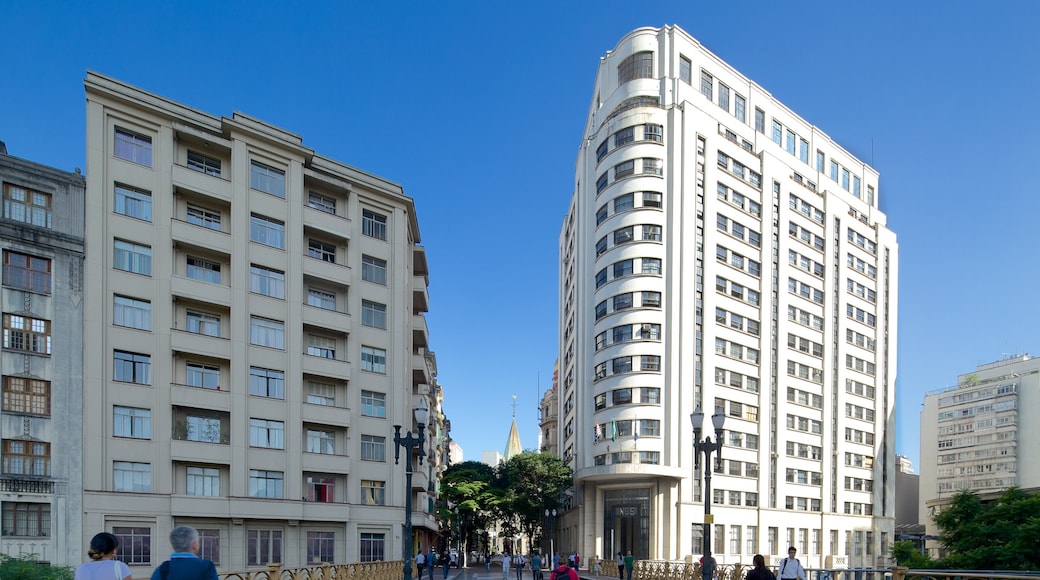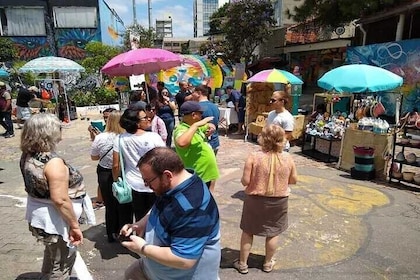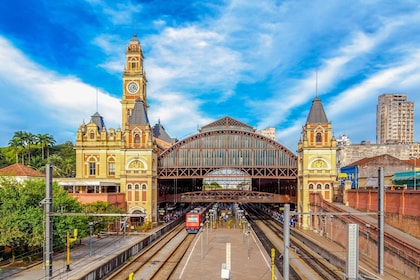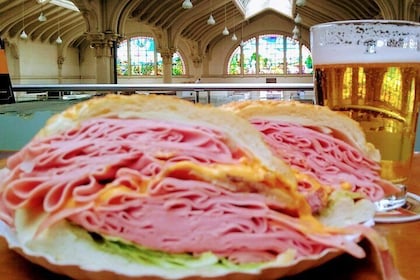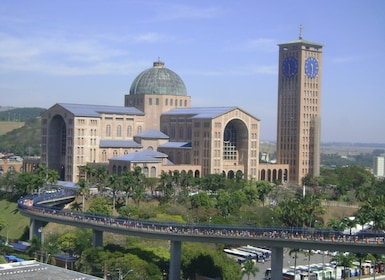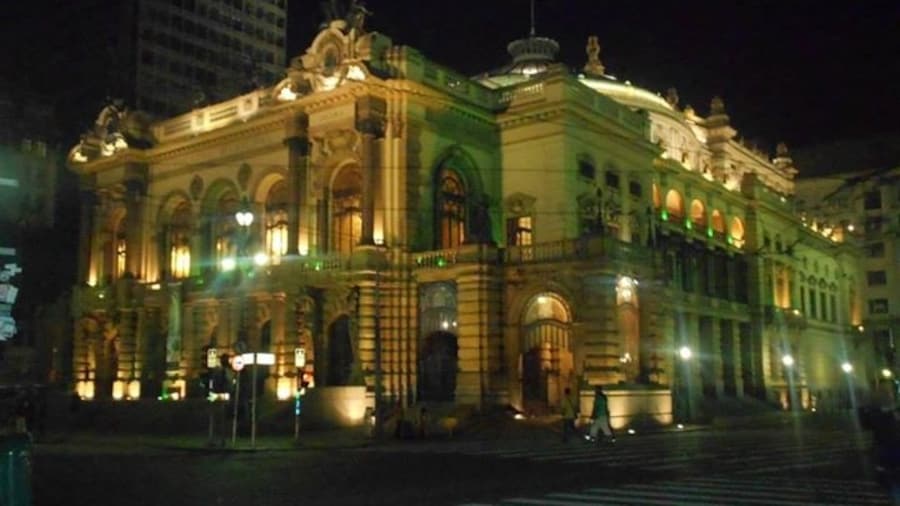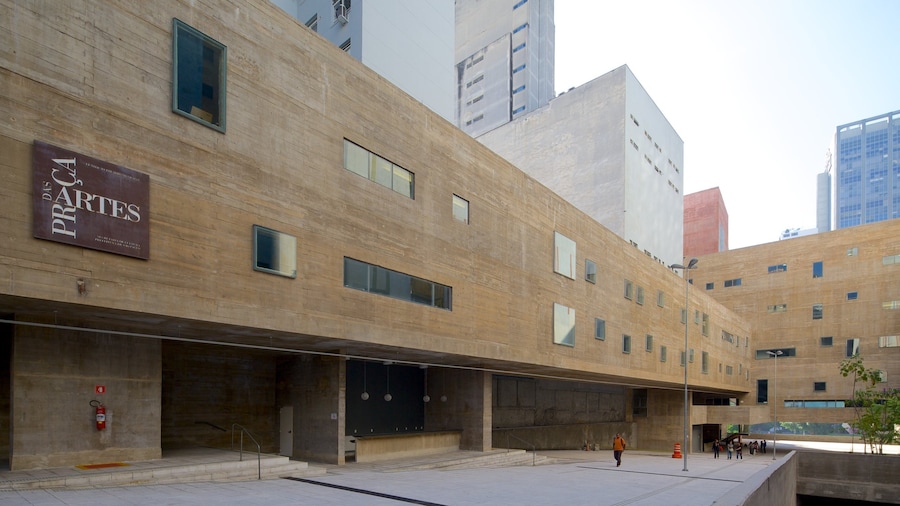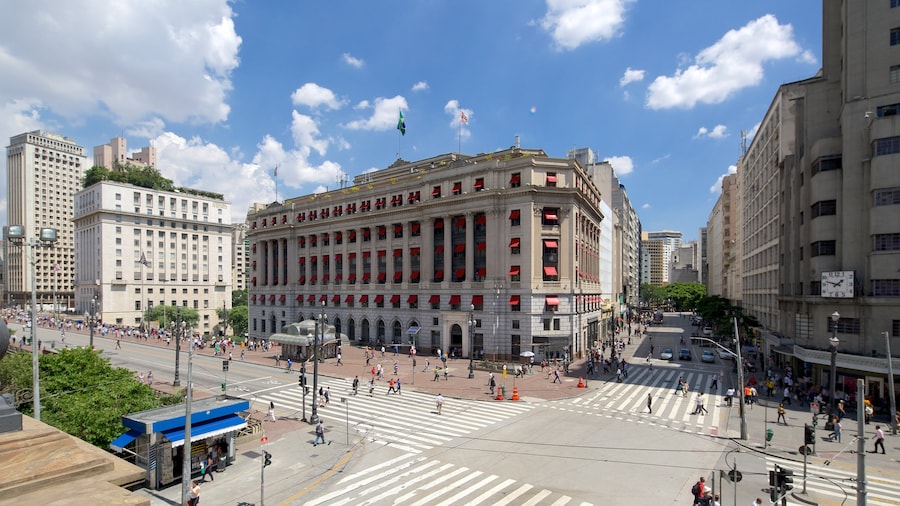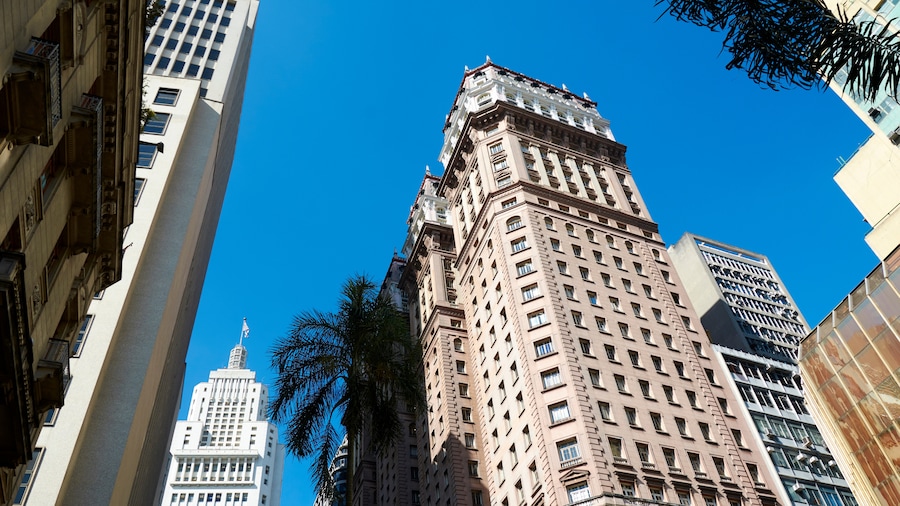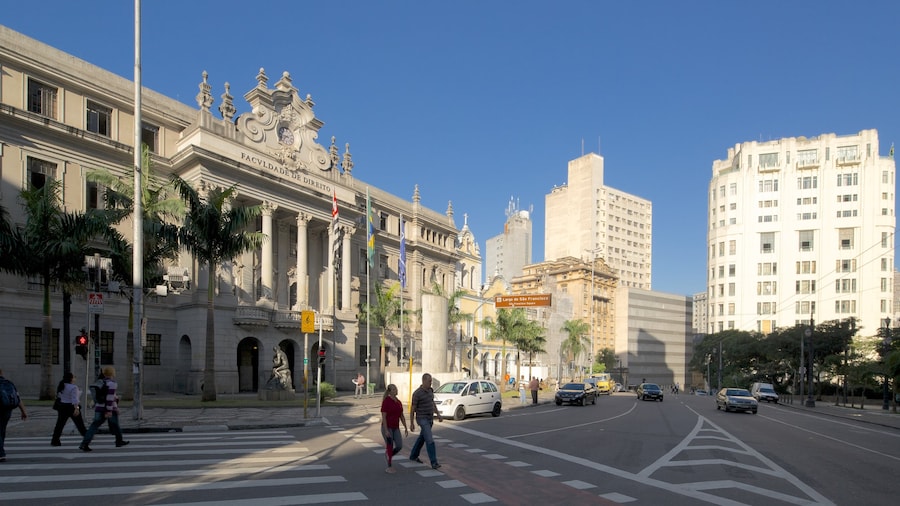Located above Anhangabaú Park, this viaduct is favoured by couples enjoying the view and visitors exploring São Paulo’s old town.
The Viaduto do Chá offers much more than just passage over Anhangabaú Park. Use it to cross from the city’s cultural sectors in the west into the old town where you’ll find several of São Paulo’s most important landmarks. Have a coffee at a nearby café and enjoy the view of this historic overpass and its surrounding buildings.
Though conceived in 1877, the Viaduto do Chá was not built until November 1892. This was due, in part, to resistance from local residents, who had to be relocated in order to complete this crucial passageway into the city centre. Admire this viaduct’s pleasing design, characterized by a large archway that reaches over the adjacent parkland.
In this bustling pedestrian area, take a moment to stop and try some local coffee. Watch as crowds mingle along the wide footpaths and spill into Colonel Xavier de Toledo Road, one of the city’s main cultural veins. From the viaduct centre, you’ll get great views of the arched windows of the Municipal Social Welfare building to the south and Municipal Theatre to the west.
Take friends and family on a walk through Anhangabaú Park for fresh air and views back onto the overpass. This central commons is dominated by green lawns and palm trees that are a welcome break from the concrete city. From here you can access the Praça das Artes and see its unique contemporary architecture or venture east into São Paulo’s old downtown.
Just a short walk from the Viaduto do Chá, shop and try local cuisine along Quitanda or Direita roads. Alternatively, delve into the city’s history at the Patío do Colégio. Wander its colonial-style construction and learn about the city’s founder at the Padre Anchieta Museum.
The Viaduto do Chá is located in central São Paulo and is best navigated on foot. Drivers should avoid the area at peak times when traffic jams commonly lock up the roads.


